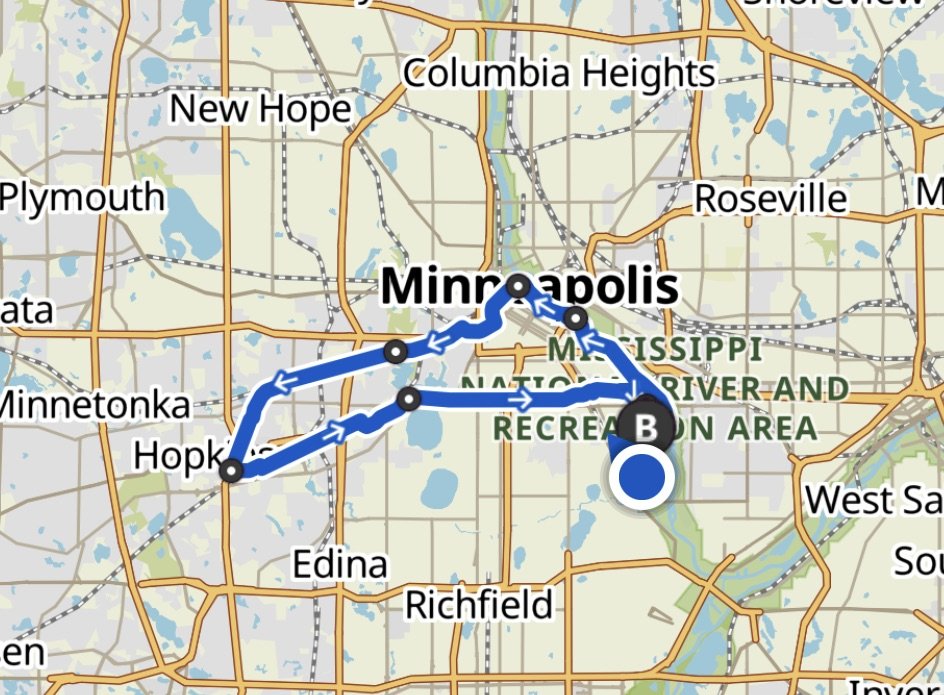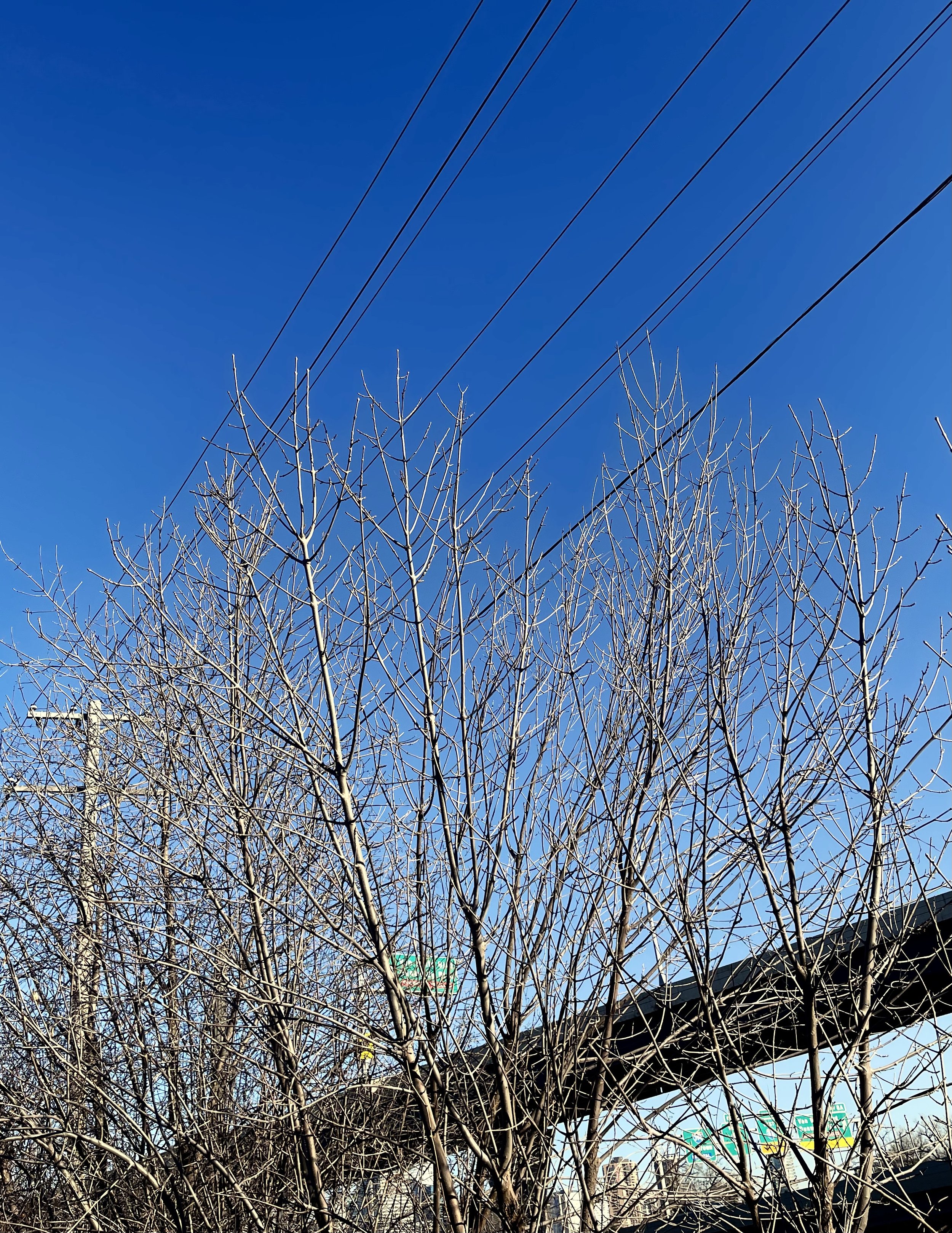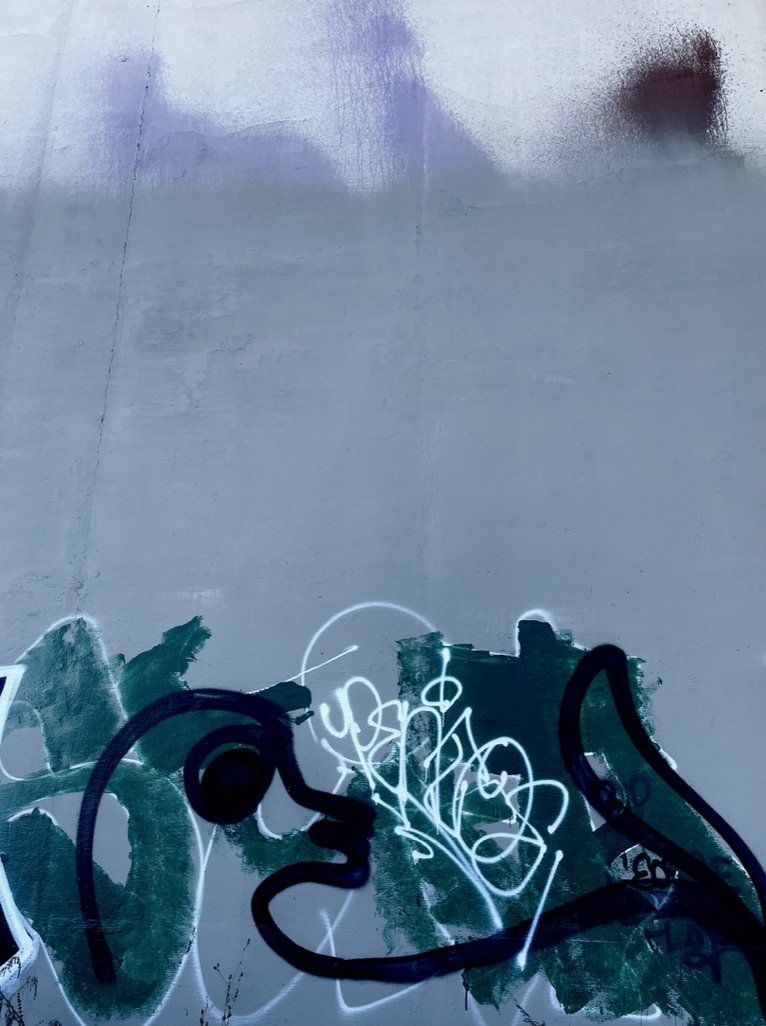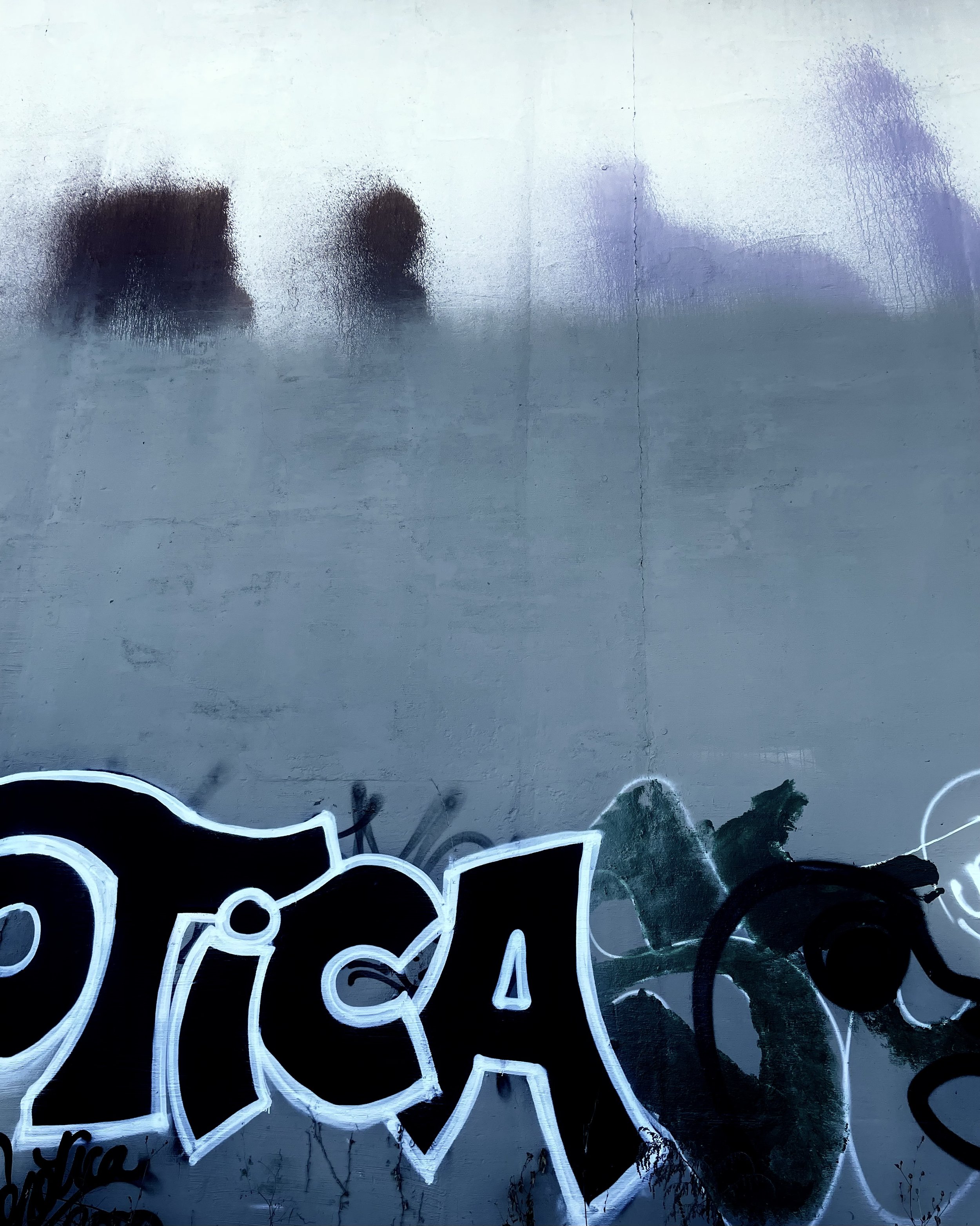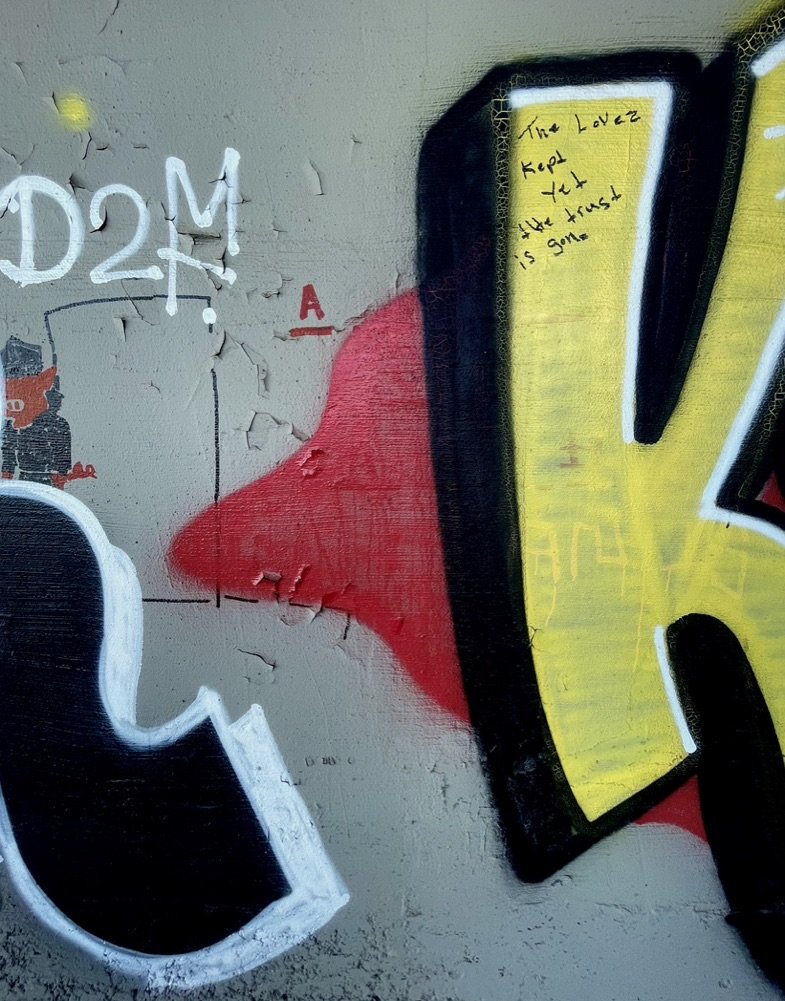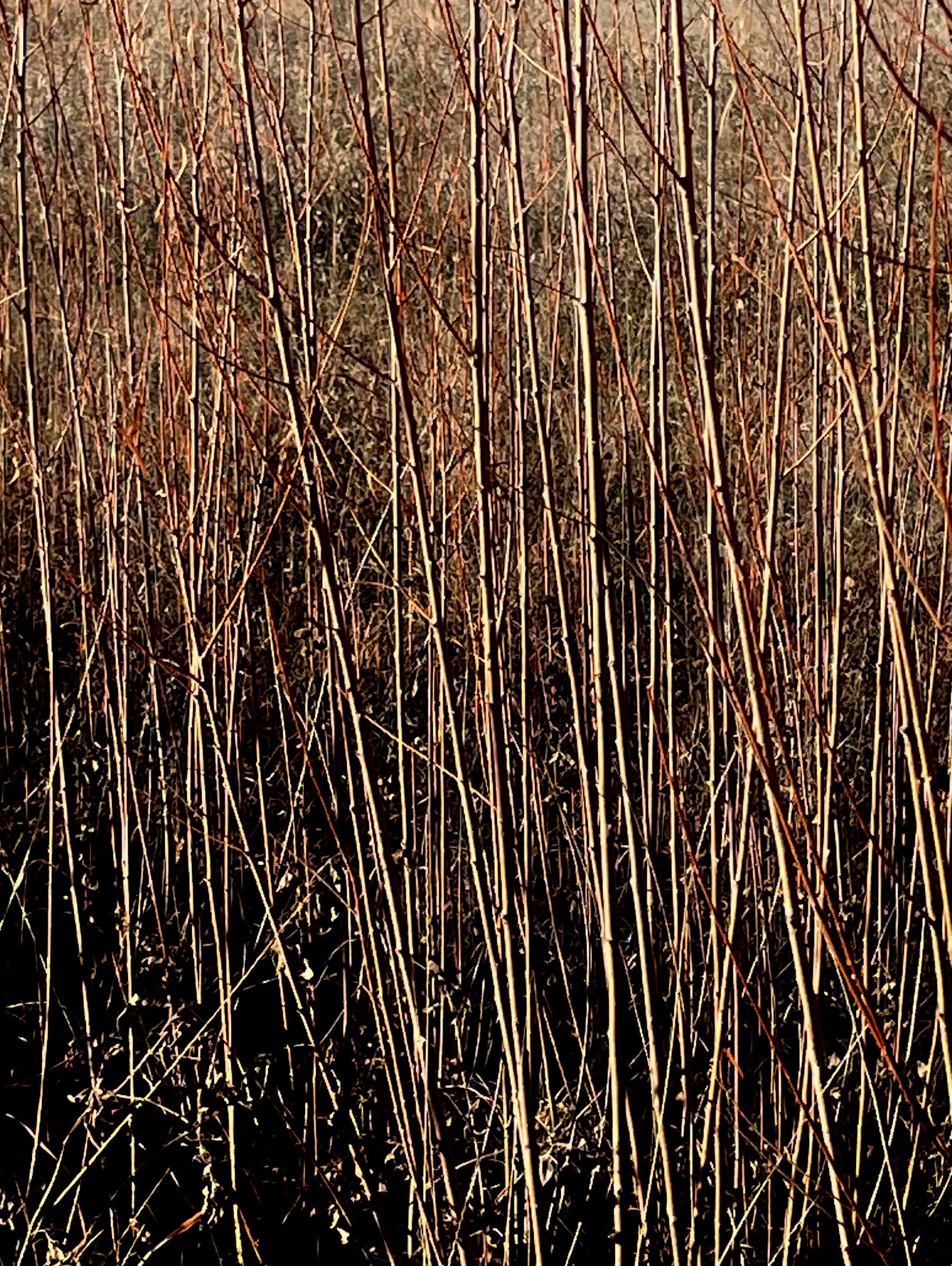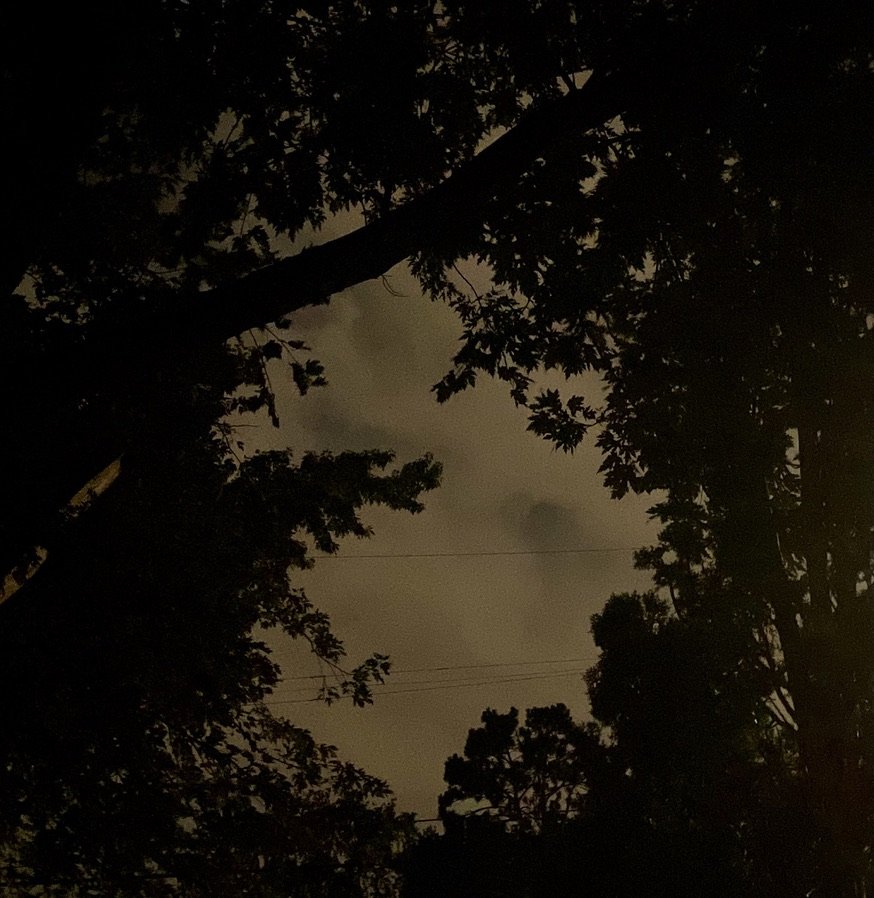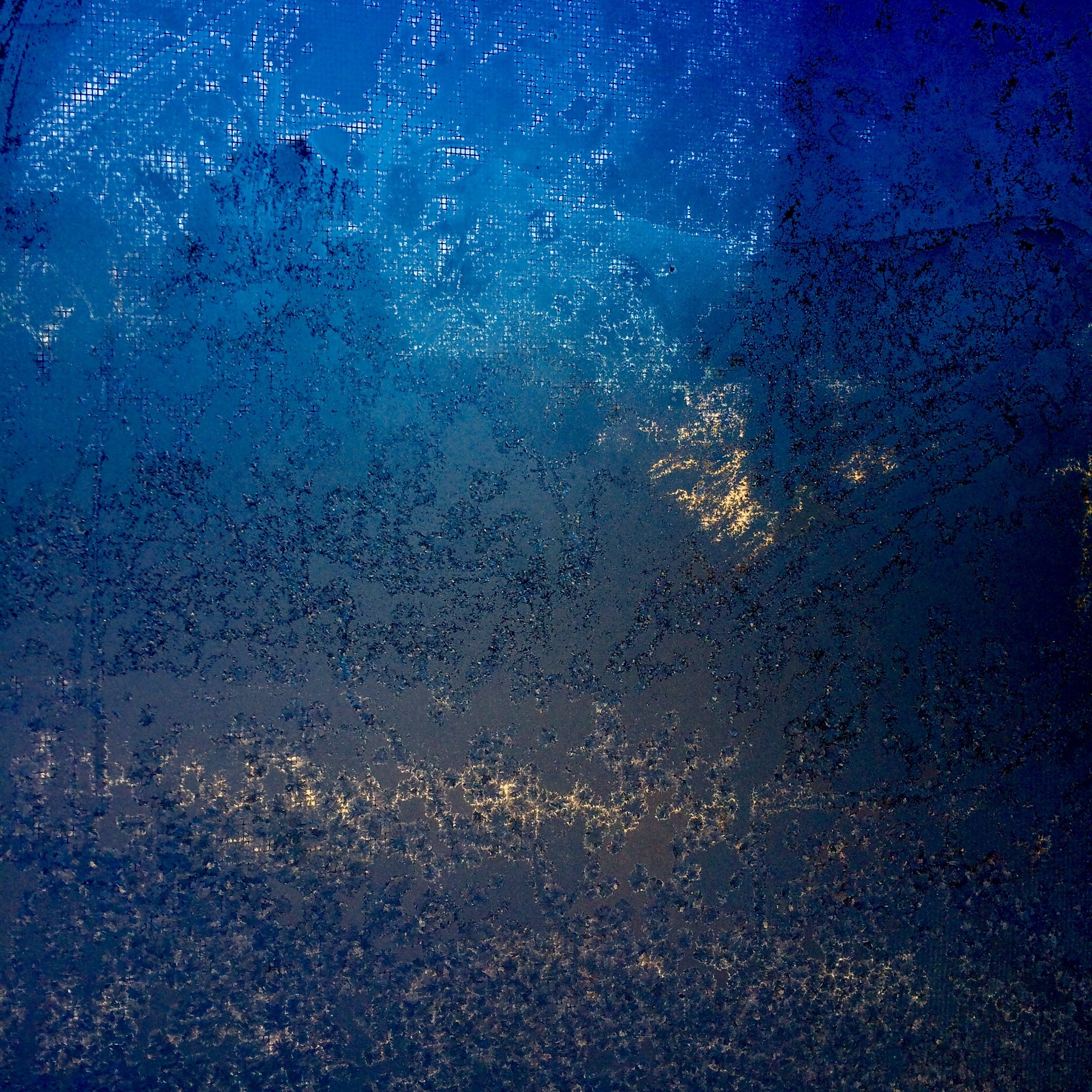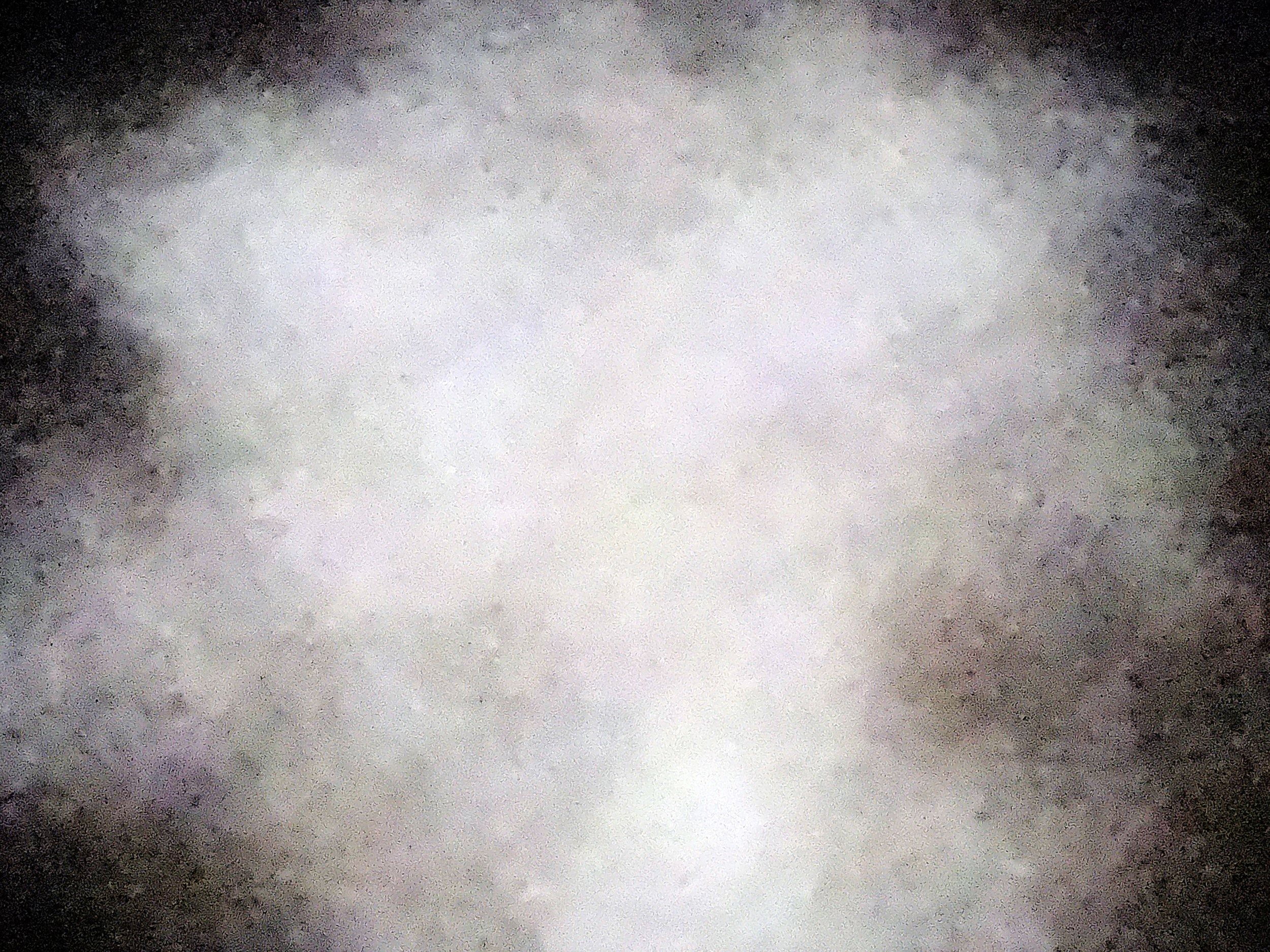Carr Haus Cafe was a campus coffee shop located on the first floor of Carr Haus, a building perched halfway up College Hill on the corner of Benefit Street and Waterman Street in Providence. It’s directly across from the very first First Baptist Church in America from 1775, and adjacent to the school’s nature lab where students spend entire semesters drawing natural history specimens. The second and third floors of the building contained individual painting studios for senior undergraduate students. My wife was in the graphic design program too and she worked at the cafe. We didn’t know each other and had never met while we were in school, but I frequented the coffee shop so it’s very likely we touched hands at some point while exchanging money. The first time we did meet was six years after those inevitable encounters. We ended up in the same city, connected through a mutual friend, and eventually got together at my apartment–studio to look at each other’s work. Then we went to dinner at the Uptown Cafe and talked about our common experiences, like design courses, specific projects, professors, restaurants, and stories about people we both knew.
She said she recognized me from the design department and from Carr Haus because she worked there. She recalled an interaction with me ordering coffee and after paying for it, walking over to the condiment counter for cream. When I discovered there wasn’t any left in the creamer, I repeatedly flicked the aluminum lid and just stared at her like a blinking penguin. She interpreted my passive aggressive behavior to mean, the creamer is empty, and you need to fill it. I told her that wasn’t me and that I’ve never flicked anyone’s empty creamer and especially the one she was responsible for keeping filled. We disagreed about her memory for years. Sometimes it resurfaced when someone asked us how we met. “So, did you meet in Providence?” “No, we actually met here, and…” After many years, we agreed that she was confusing me with someone else. He was an undergraduate student one year ahead of her and we resembled each other. We both remembered him, and I’m convinced he was the lid flicker because he often blinked like a penguin when I interacted with him too.
Attending this school was one of a few options I had, and when I chose it my undergraduate professor/advisor was not happy. She asked me to stop by her office one Friday afternoon to discuss my decision and told me I might regret it for a variety of reasons. She thought one of the other programs was a better choice. I didn’t agree, so I outlined my reasons, like curriculum and each school’s bigger focus. Mostly though, it just felt unexplainably right because I had an overpowering ‘feeling’ that it was the place I needed to be the following fall. It’s tedious to defend a feeling, even scary and embarrassing sometimes, but they’re usually right. Today when I imagine making a different choice more than forty years ago, I almost shiver. How devastating it would have been had I attended a different school. I wouldn’t have met her. I wouldn’t hear her singing and working upstairs. We wouldn’t have a daughter exploring the world. Our families, friends, places, adventures that have changed us, our loyal pets, and this quiet life in our small house on a street near the river and a creek wouldn’t exist. It feels like providence. It feels like everything.
Songs :: This Must Be The Place (Naive Melody) by Talking Heads, Private Idaho by The B-52’s, Girl from Ohio by The Outlaws, Fast Car by Tracy Chapman, Free Fallin’ by Tom Petty and The Heartbreakers, Steady On by Shawn Colvin, It Never Went Away by Jon Batiste, A Case of You by James Blake, and She’s A Mystery To Me by Roy Orbison
© C. Davidson




